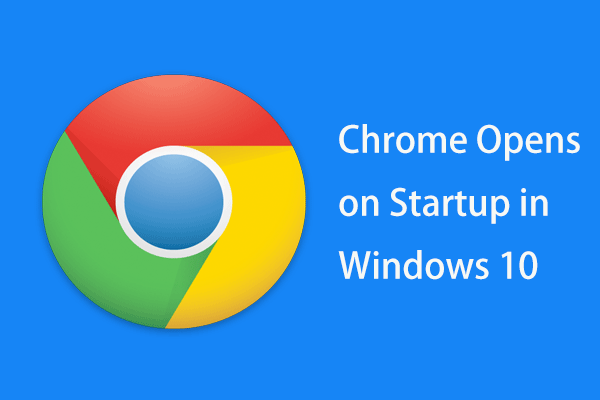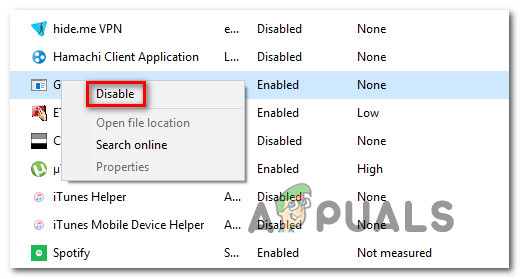

Here you can do a few things, like “Run Compatibility Troubleshooter.” I recommend running the troubleshooter and hopefully that will find the problem.

In the window that opens, select the tab for “Compatibility”.

Once you get to that folder, right click the Chrome icon again and select “Properties.”.Instead, right click “Chrome” and select “Open file location.” This takes you to the Windows folder Chrome is stored in. Go back to the Windows search bar and type “Chrome” until Google Chrome appears.There is a way to troubleshoot this, courtesy of Chrome. Screenshot by Tamara ChuangGoogle’s Chrome has a feature to check its compatibility with Windows 10.īut maybe it’s just an incompatibility problem. There’s also another place under Related settings that says “Advanced sizing of text and other items.” Use this to specifically adjust Windows features like Title bars, menus, message boxes, etc.An alternative is to set your own size - found underneath in the “Advanced display settings” Here, you can adjust the resolution (the larger the numbers, the tinier everything will be).This takes you to Display settings and, in Windows 10, a sliding bar to adjust the size of your display (larger/smaller, etc…) Slide the scale until you get the look you want.Go to the Windows search bar and type “DPI”.

Or maybe you inadvertently shrunk the scale in Windows? To check and change this: For Mac users, instead of Ctrl, use the ⌘ button. This also works to decrease the fonts - press Ctrl and hit the minus (-) button to shrink fonts.


 0 kommentar(er)
0 kommentar(er)
